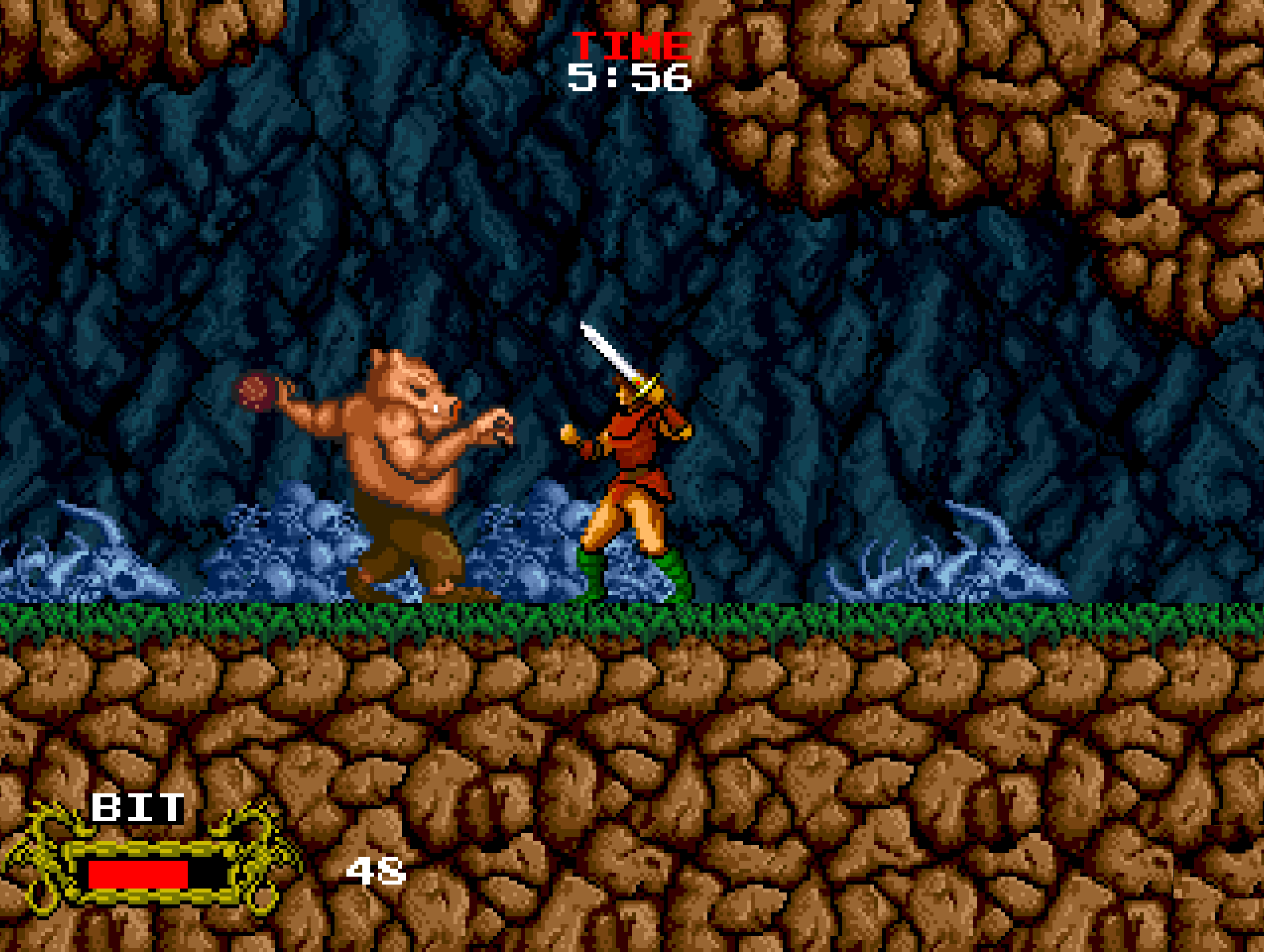Introduction
Released in 1989, Cadash stands out as one of the earliest arcade titles to blend fast-paced action-platforming with role-playing game (RPG) mechanics. Developed and published by Taito, it offered players the opportunity to select from multiple character classes, gain experience, and collect equipment—features typically found on home consoles and computer RPGs, not coin-operated machines. Its unique mix of genres made it a memorable and innovative entry in arcade history, earning a loyal fan base and eventual home console ports.
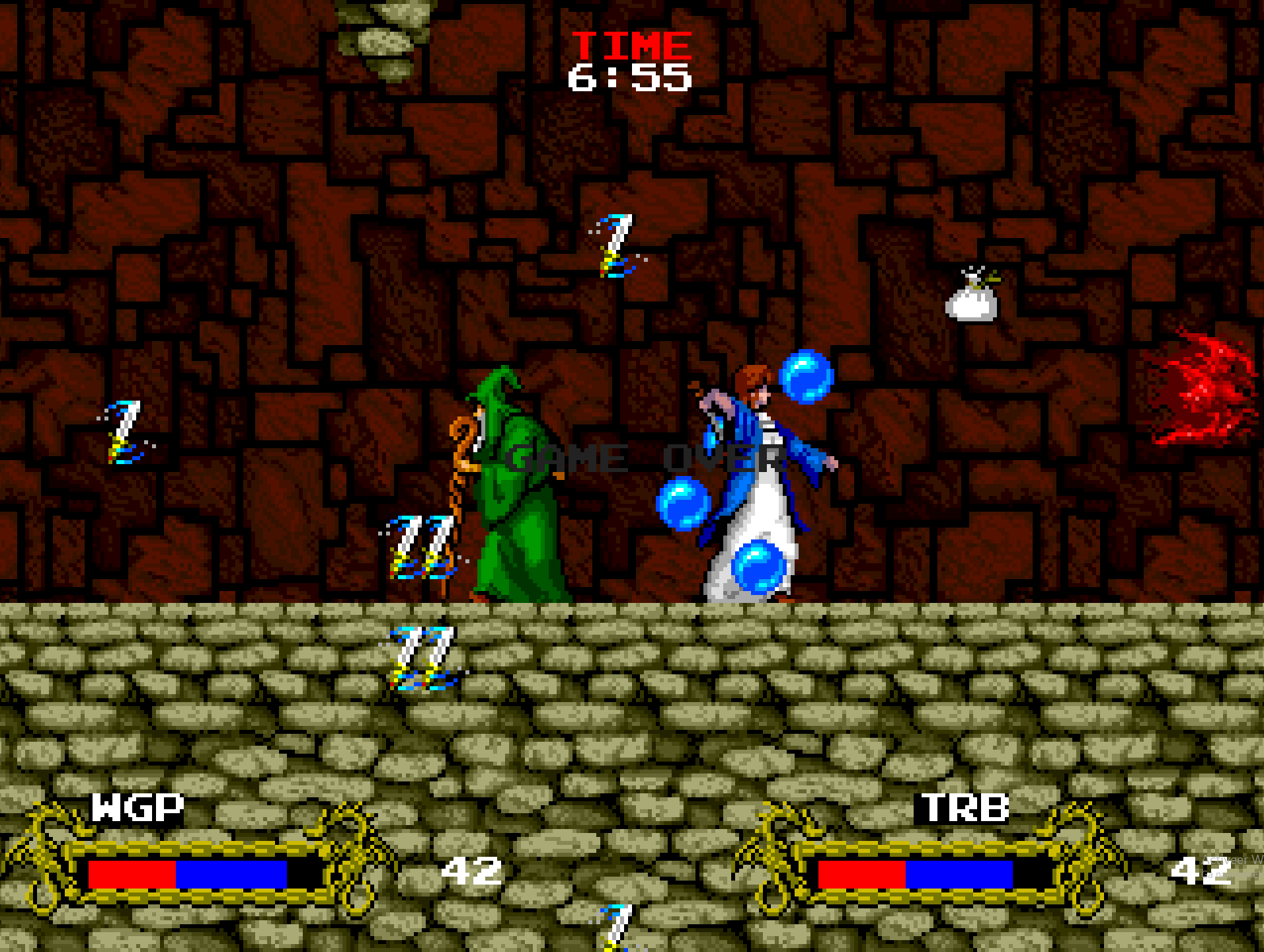
Development and History
- Developer: Taito
- Publisher: Taito
- Release Date: 1989
Taito designed Cadash as part of its late-1980s push to diversify its arcade portfolio beyond shooters and puzzle games. The development team drew inspiration from side-scrolling action titles like Castlevania and home console RPGs such as Dragon Quest and Zelda II: The Adventure of Link. The result was an arcade game with character progression, gold collection, and purchasable equipment—features rarely seen in coin-op titles at the time. Cadash was released in both two-player and four-player versions, allowing cooperative gameplay across its fantasy world.
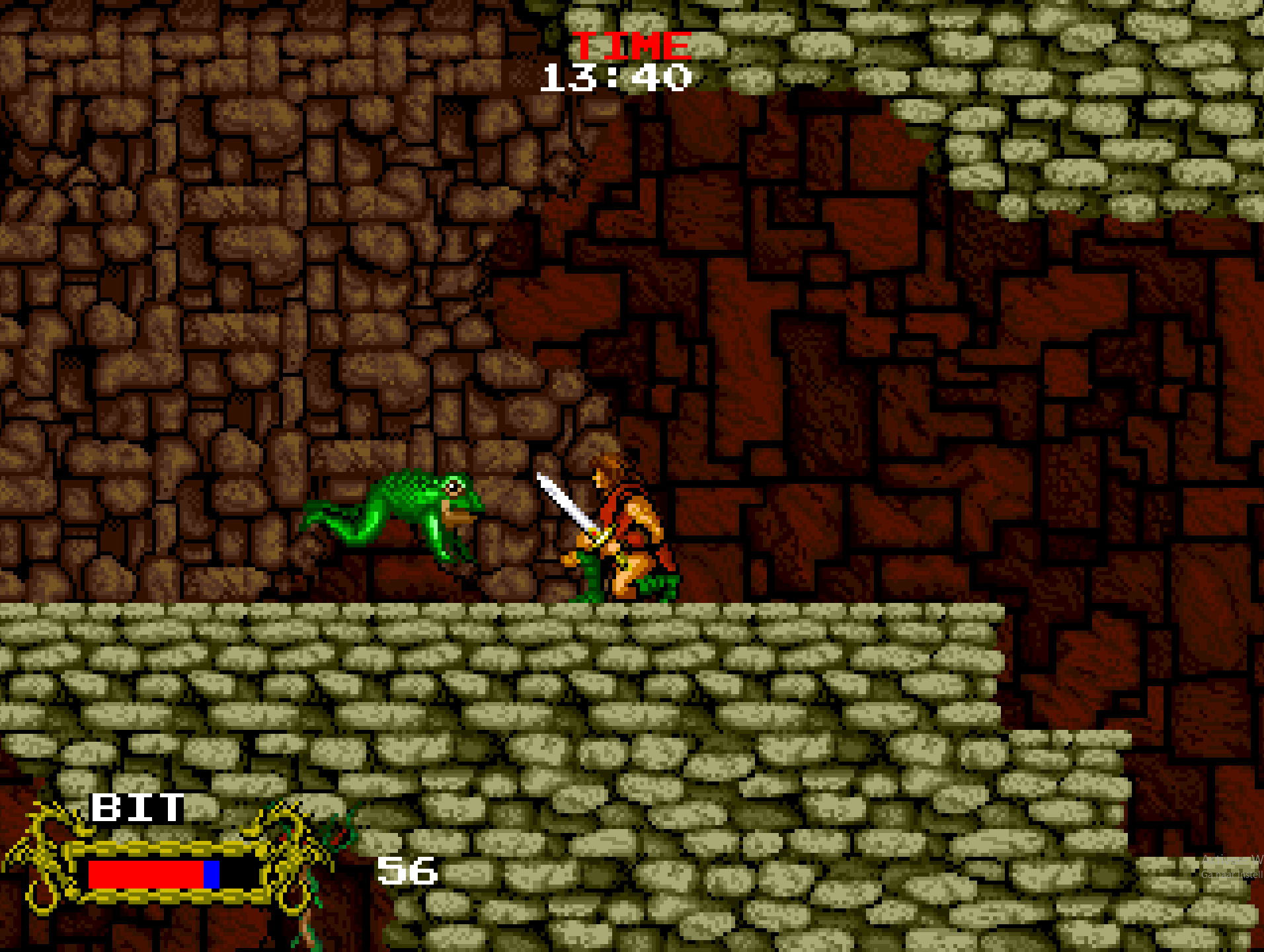
Gameplay Video
Gameplay and Mechanics
- Character Classes: Four playable classes—Fighter, Mage, Priest, and Ninja—each with unique abilities and growth patterns.
- Experience & Gold: Defeated enemies grant experience points and gold, enabling characters to level up and purchase weapons, armor, and healing items.
- Side-Scrolling Action: Players traverse platform-based environments filled with enemies, traps, and environmental hazards.
- Boss Battles: Each stage concludes with a challenging boss, requiring strategic use of abilities and positioning.
- Co-op Play: Two-player and four-player cabinet versions encouraged teamwork, particularly when balancing party roles.
- Quest Elements: The game features towns, NPC interactions, and a storyline centered on rescuing a kidnapped princess from an evil archdemon.
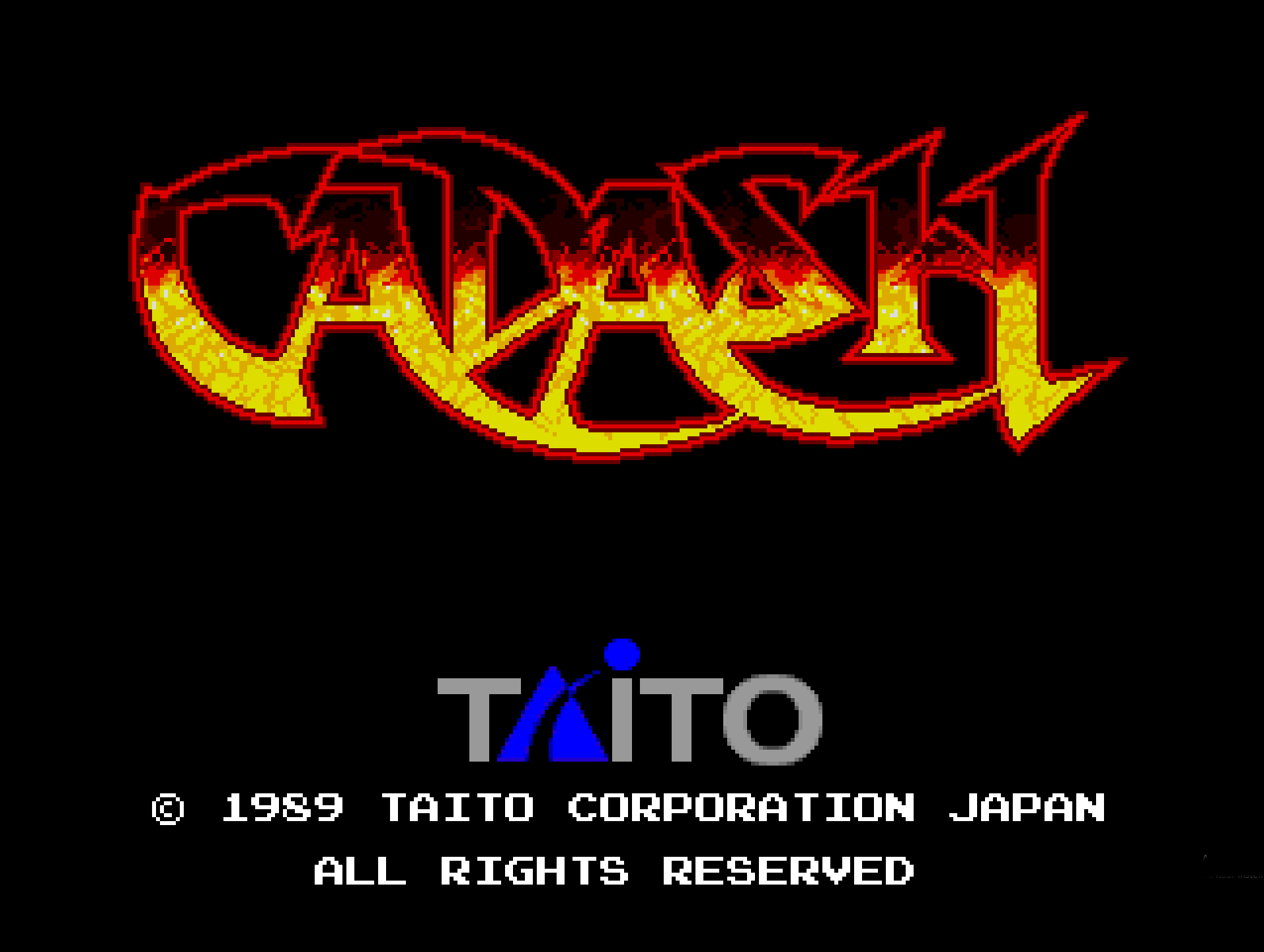
Cultural Impact and Legacy
Cadash was notable for proving that RPG mechanics could work in a fast-paced arcade environment, influencing later hybrid titles in both arcades and on consoles. While it was not as commercially dominant as traditional action games, it became a cult favorite and is frequently cited as one of Taito’s more innovative arcade releases. Its home ports, including versions for the TurboGrafx-16 and Sega Genesis, introduced it to a broader audience, further solidifying its status as a unique cross-genre experiment that was ahead of its time.
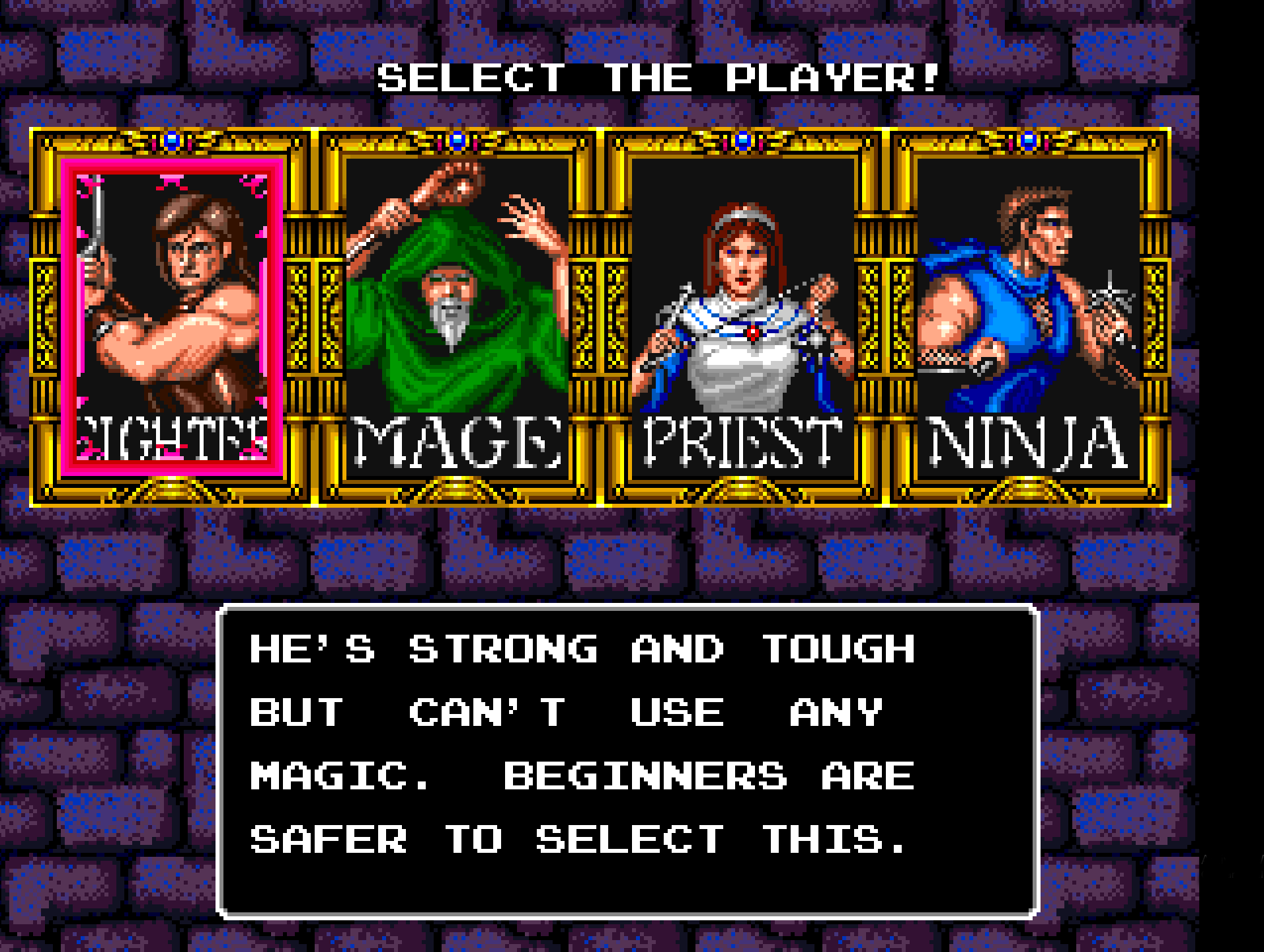
Fun Facts
- The four-player cabinet version of Cadash was relatively rare and is highly sought after by arcade collectors today.
- Despite its RPG features, game sessions were limited by the number of credits inserted, creating a different pacing compared to console RPGs.
- The Ninja class is often considered one of the best due to its speed and versatile combat abilities, leading to dedicated fan strategies focused on it.
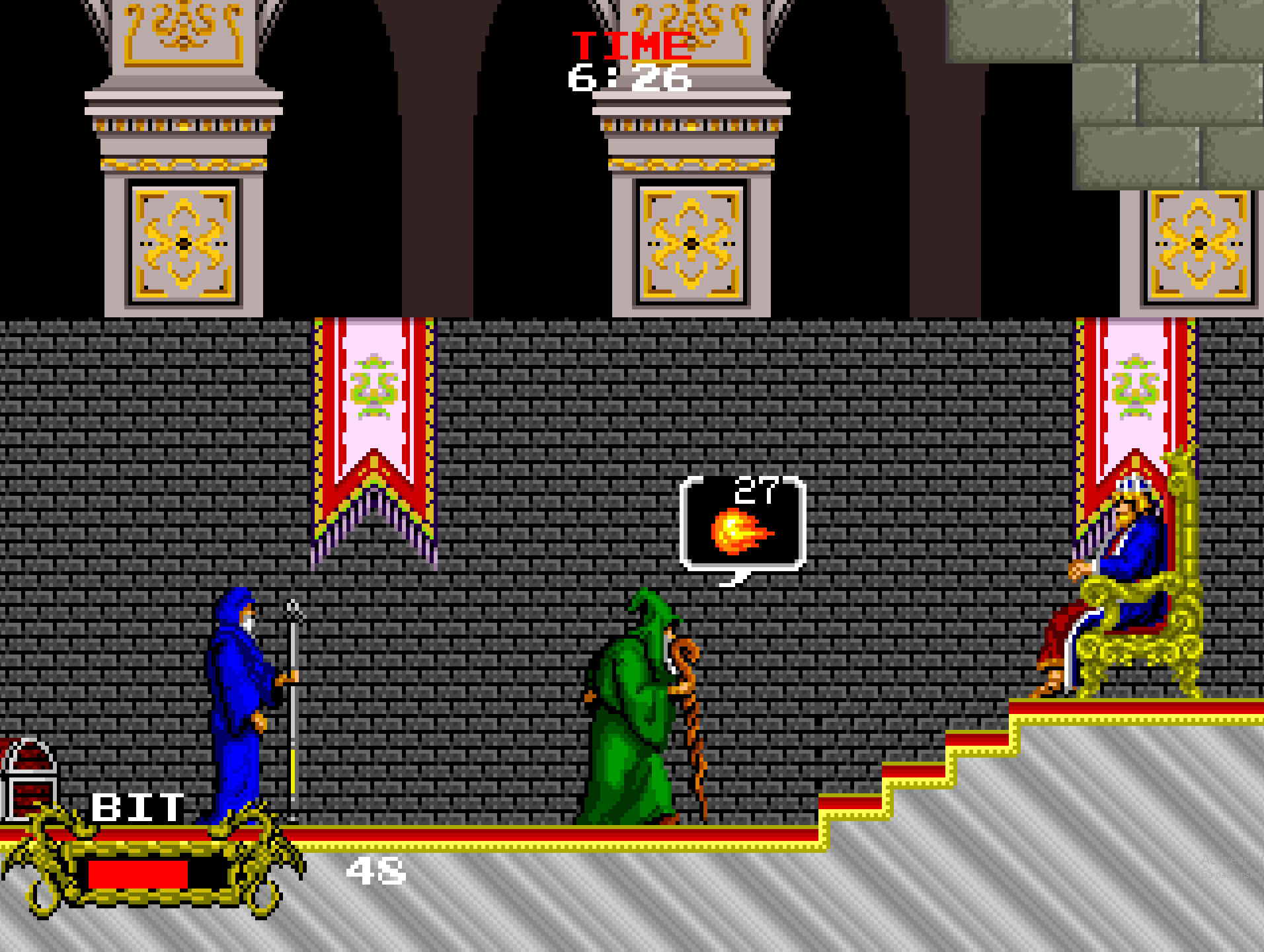
Conclusion
Cadash broke new ground in arcades by integrating character progression and RPG elements into a side-scrolling action framework. This innovation gave players a sense of long-term development uncommon in coin-operated titles, helping it stand out in a crowded market dominated by beat ’em ups and shooters. While not a mainstream hit, its hybrid design inspired later experiments and remains a fascinating piece of arcade history. For players who enjoy both quick action and strategic growth, Cadash delivers a unique experience worth revisiting decades later.
Want to Go Deeper Into Arcade History?
If this game left you craving more, dive into the complete stories behind some of the most iconic arcade genres and franchises. These articles explore the rise, innovation, and legacy of the games that shaped arcade culture:
- Top 25 Hidden Gem Arcade Games of All Time - Unearth the overlooked classics that still shine bright for arcade enthusiasts today
- Top 25 Beat ’Em Up Arcade Games of All Time – Discover the ultimate ranking of the greatest beat ’em ups ever to hit arcades
- The History of Beat ’Em Up Arcade Games – From Double Dragon to Final Fight, here’s how brawlers ruled the late ’80s.
- Donkey Kong’s Rise to Fame: How a Desperate Bet Created a Gaming Legend – The untold story of how Nintendo turned failure into a global icon, launching Mario, Miyamoto, and a new era of arcade storytelling
- The Economics of Arcade Gaming: The Golden Age of Coin-Op – This article explores the full arc of arcade economics: the explosive rise, the industry-shaking crash, and the waves of reinvention that kept the business alive
- The Complete History of Mortal Kombat Arcade – How a gritty fighter became a pop culture phenomenon.

